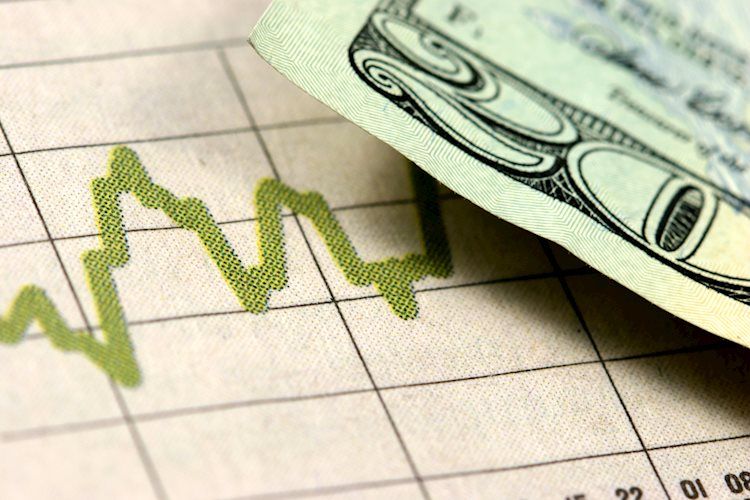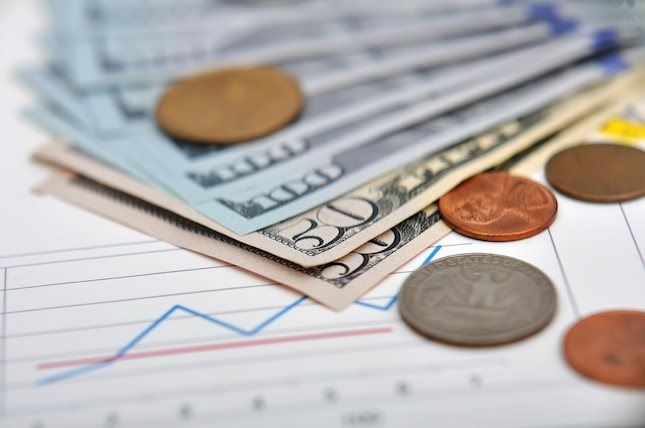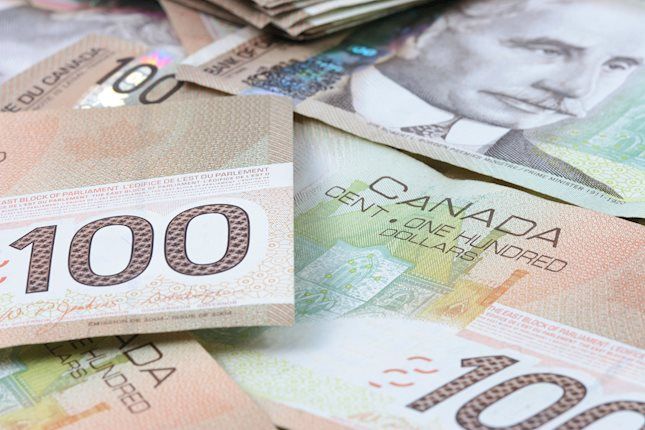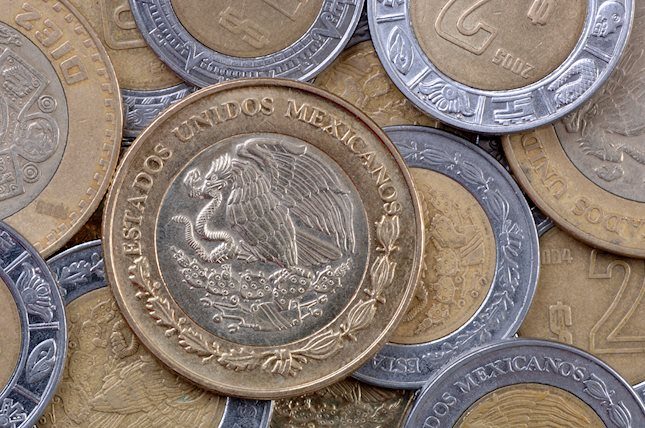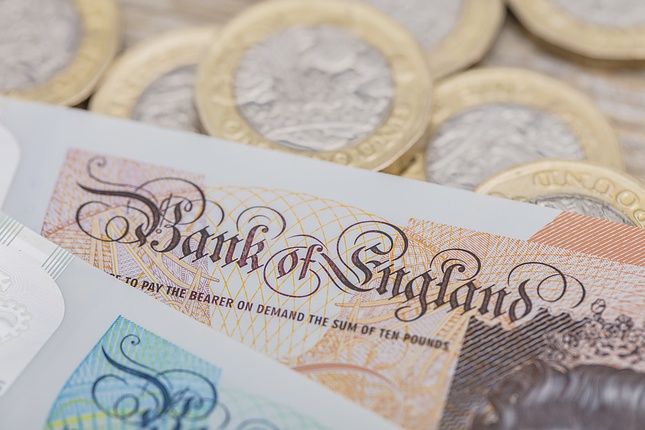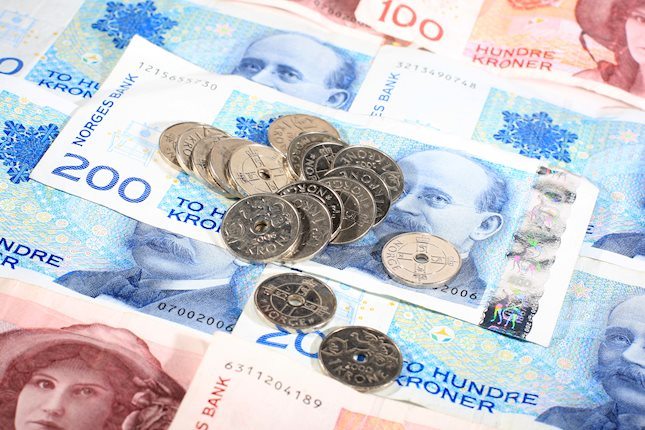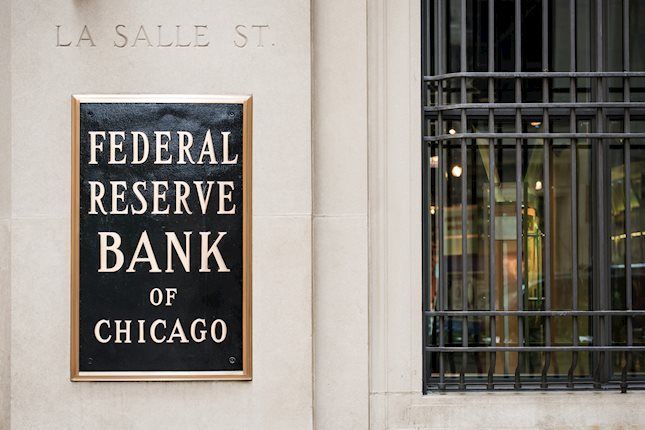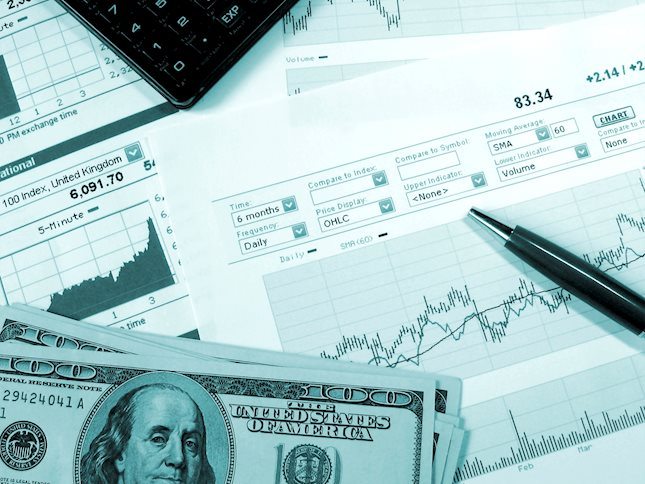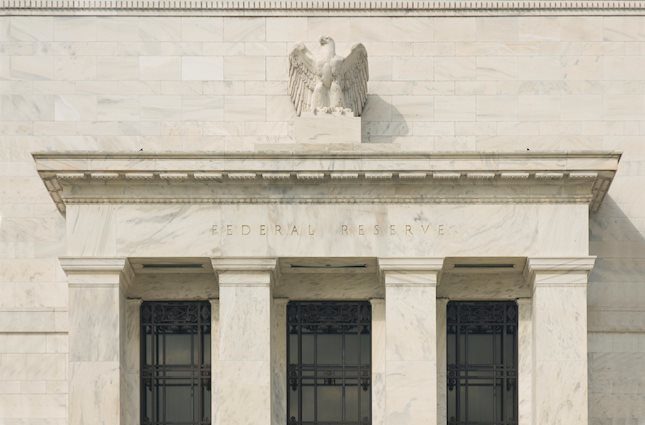US Dollar trades in the green while equities look for direction
- The US Dollar continous to outperforms against most major Asian peers on Wednesday.
- Traders are gearing up for back-to-back Fed speakers lined up.
- The US Dollar Index trades around 105.50 and is making this week’s net performance a positive one.
The US Dollar (USD) is able to snap the repetitive pattern for this week and looks to be keeping its gains on Wednesday, picking up momentum against most Asian peers. Leading the decline in Asian pairs is the Japanese Yen (USD/JPY) which is breaking above 155.00 and has already erased literally half of the move that took place with the interventions from the Japanese government. Markets seem to be testing Japanese authorities again to see if they will intervene ahead of 160.00, or on the contrary, will get the chance to fully erase the decline after last week’s intervention.
On Wednesday, All eyes will be on US Federal Reserve officials with three speakers lined up. Federal Reserve Vice Chair Philip Jefferson will speak around 15:00 GMT in a discussion at Exploring Careers in Economics. Federal Reserve Bank of Boston President Susan Collins will hold a speech to MIT Sloan students around 15:45 GMT. Last but not least important: Federal Reserve Governor Lisa Cook will discuss the Fed’s latest semi-annual Financial Stability Report around 17:30 GMT. Juicy detail: Both Fed’s Jefferson and Cook are Federal Open Market Committee (FOMC) voters for this year.
Daily digest market movers: Two FOMC voters ahead
- During the Asia-Pacific (APAC) trading session, both Bank of Japan governor Kazuo Ueda and Japanese Minister of Finance Shunichi Suzuki made comments on the Japanese Yen.
- BoJ President Ueda said that monetary policy is not controlling forex.
- Finance Minister Suzuki contradicted that stance by saying that more actions will be needed if excessive moves occur again, adding that there is no line in the sand and interventions could take place at any moment or level, Bloomberg reported.
- The weekly Mortgage Bankers Association had released the Mortgage Applications survey for May 3. Mortgage applications jumped by 2.6% against the previous decline of 2.3% the previous week.
- Around 14:00 GMT, Wholesale Inventories data for March came in unchanged at -0.4%.
- The US Treasury is auctioning one of the benchmark notes: a 10-year auction at 17:00 GMT. Previous level was around 4.56% with the 10-year US Note trading at 4.48%.
- As mentioned in the above paragraph, a set of Fed speakers taking the stage this Wednesday:
- Fed’s Vice Chair Philip Jefferson will speak around 15:00 GMT.
- Fed’s Boston President Susan Collins is expected to speak around 15:45 GMT.
- Fed Governor Lisa Cook will discuss the Fed’s latest semi-annual Financial Stability Report in DC at 17:30 GMT.
- A red day is in the making in Asian equity markets after comments from Bank of Japan governor Kazuo Ueda and Japanese Minister of Finance Shunichi Suzuki. Both the Japanese Nikkei and Topix indexes closed over 1.5% in the red. Europe is mildly in the green by 0.5% while US equities are looking for direction still after the US Opening Bell.
- The CME Fedwatch Tool suggests a 91.1% probability that June will still see no change to the Federal Reserve's fed fund rate. Odds of a rate cut in July are also out of the cards, while for September the tool shows a 49.0% chance that rates will be 25 basis points lower than current levels.
- The benchmark 10-year US Treasury Note trades around 4.48%, in the middle of this Wednesday's range.
US Dollar Index Technical Analysis: Locking in gains
The US Dollar Index (DXY) is heading back in a bit of push-and-pull from what we saw earlier this year. Traders are keeping a half eye on the USD/JPY and should have it easy to time when the DXY will roll over or steam on higher. With the opposing comments from the BoJ and Ministry of Finance of Japan, markets are set to challenge if USD/JPY can head back to 160.00, which means some more US Dollar strength could be on the horizon.
On the upside, 105.52 (a pivotal level since April 11) needs to be recovered through a daily close above this level before targeting the April 16 high at 106.52 for a third time. Further up and above the 107.00 round level, the DXY index could meet resistance at 107.35, the October 3 high.
On the downside, the 55-day and the 200-day Simple Moving Averages (SMAs) at 104.54 and 104.25, respectively, should provide ample support. If those levels are unable to hold, the 100-day SMA near 103.89 is the next best candidate.
Interest rates FAQs
Interest rates are charged by financial institutions on loans to borrowers and are paid as interest to savers and depositors. They are influenced by base lending rates, which are set by central banks in response to changes in the economy. Central banks normally have a mandate to ensure price stability, which in most cases means targeting a core inflation rate of around 2%. If inflation falls below target the central bank may cut base lending rates, with a view to stimulating lending and boosting the economy. If inflation rises substantially above 2% it normally results in the central bank raising base lending rates in an attempt to lower inflation.
Higher interest rates generally help strengthen a country’s currency as they make it a more attractive place for global investors to park their money.
Higher interest rates overall weigh on the price of Gold because they increase the opportunity cost of holding Gold instead of investing in an interest-bearing asset or placing cash in the bank. If interest rates are high that usually pushes up the price of the US Dollar (USD), and since Gold is priced in Dollars, this has the effect of lowering the price of Gold.
The Fed funds rate is the overnight rate at which US banks lend to each other. It is the oft-quoted headline rate set by the Federal Reserve at its FOMC meetings. It is set as a range, for example 4.75%-5.00%, though the upper limit (in that case 5.00%) is the quoted figure. Market expectations for future Fed funds rate are tracked by the CME FedWatch tool, which shapes how many financial markets behave in anticipation of future Federal Reserve monetary policy decisions.
Forex News
Keep up with the financial markets, know what's happening and what is affecting the markets with our latest market updates. Analyze market movers, trends and build your trading strategies accordingly.
